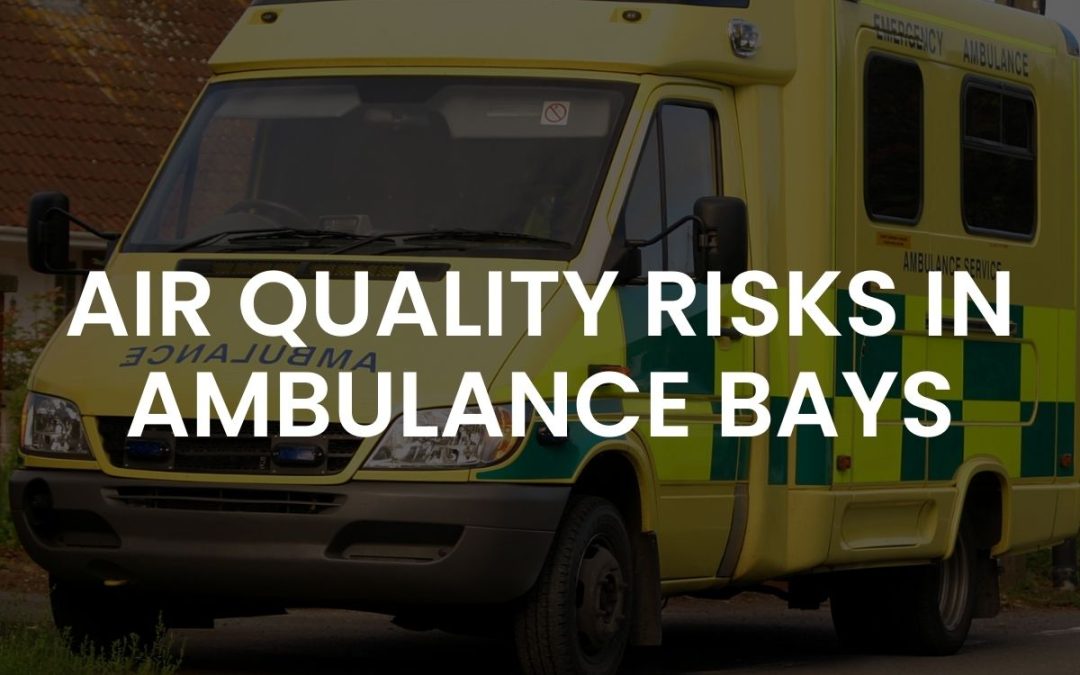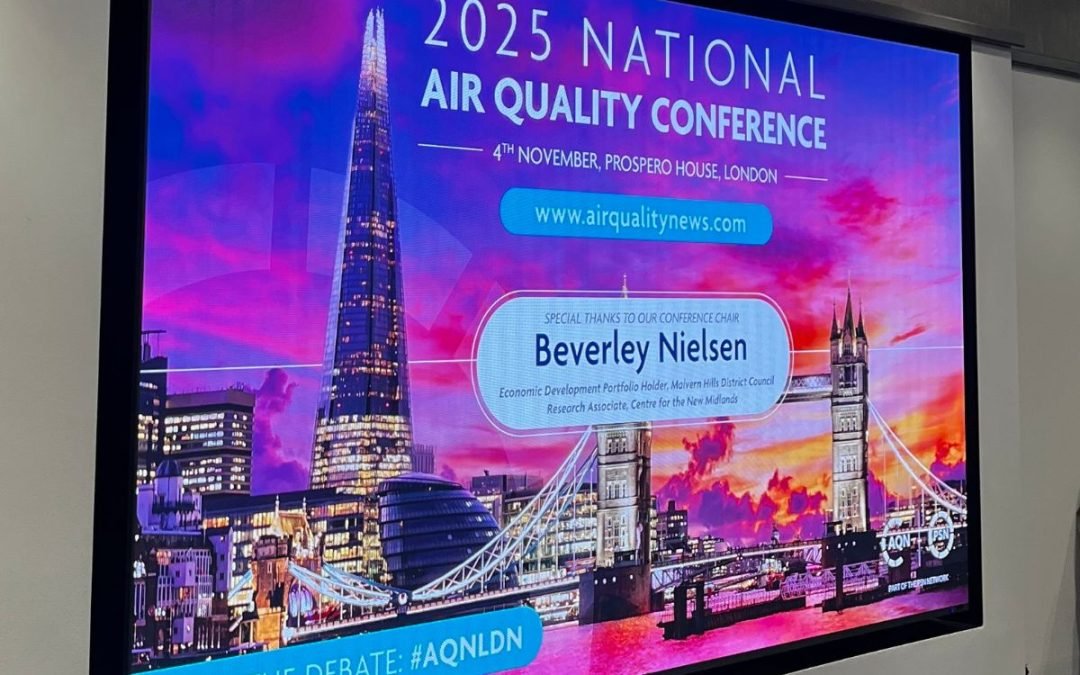As the automotive industry races towards an electric future, a surprising new threat to urban air quality has emerged. Recent research from the University of Southampton has revealed that brake pad dust can be more toxic to our lungs than diesel exhaust emissions. This finding challenges our assumptions about vehicle pollution and raises important questions about the future of urban air quality management.
The Hidden Danger of Brake Dust
While much attention has focused on exhaust emissions, researchers have discovered that the particles released from brake pads during normal driving can pose a significant health risk. According to the study, certain types of brake pads produce particles that show higher toxicity to human lung cells than traditional diesel exhaust.
- Non-exhaust emissions are now the main source of vehicle particulate matter in the UK and parts of Europe
- Brake dust is the leading contributor among non-exhaust pollution sources
- Copper content in brake pads is a significant factor in their toxicity
This research arrives at a crucial moment in the transition to electric vehicles (EVs). While EVs eliminate exhaust emissions, they don’t solve all pollution problems. In fact, some studies suggest that EVs’ heavier weight (typically 24% more than equivalent conventional vehicles) could increase non-exhaust emissions by 18-26%. Some considerations when it comes to EVs and air quality.
- Regenerative braking helps reduce brake wear but doesn’t eliminate it
- EVs still require friction braking for emergency stops and low-speed maneuver
- The increased weight of EVs can amplify tire and road wear emissions
Of course, the transition to electric vehicles remains vital for improving urban air quality. EVs eliminate tailpipe emissions, reducing overall pollution levels and helping cities meet their climate goals. However, this research highlights why we need to think beyond just replacing combustion engines. Even with widespread EV adoption, cities still need to monitor and manage other pollution sources.
Understanding the Health Impacts
The health implications of brake dust exposure are significant. Research indicates that these particles can penetrate deep into our lungs, potentially causing or exacerbating various health conditions:
- Increased risk of lung and heart disease
- Inflammation of lung tissue
- Potential long-term respiratory issues
Regulatory Response and Industry Changes
The automotive industry and regulators are beginning to address this challenge. Euro 7 standards, set to take effect in 2026, mark a significant shift by introducing the first comprehensive limits on brake particulate emissions. These new regulations will require:
- A 7 mg/km limit for passenger vehicles’ brake emissions
- Standardised testing protocols using ISO 26867 methodology
- Enhanced monitoring and reporting requirements
- Regular compliance verification
- Documentation of brake wear rates
In the United States, California’s SB 346 mandates reducing copper content in brake pads to less than 0.5% by 2025, leading the way in regulatory action. Beyond this there are discussions of the EPA is considering similar regulations for brake emissions, although this may be affected by the Trump administration.
Monitoring and Management Solutions
The research on brake dust toxicity reinforces why precision monitoring matters more than ever. Traditional air quality monitoring systems that only track general pollution levels are no longer sufficient – organisations need solutions that can identify and attribute pollution to specific sources. EMSOL’s comprehensive monitoring platform offers:
- MCERTS-certified particulate monitoring for PM1, PM2.5 and PM10
- Real-time detection capabilities that capture pollution events as they happen
- Smart camera technology that helps identify specific pollution sources
- Advanced analytics that separate site pollution from background levels
This sophisticated approach to monitoring means sites can:
- Demonstrate environmental compliance to regulation to stakeholders
- Understand exactly what’s causing pollution spikes
- Take targeted action to reduce emissions
- Stay ahead of evolving regulatory requirements
- Make data-driven decisions about pollution control measures
Looking Ahead: Solutions and Recommendations
The challenge of brake dust pollution requires a comprehensive response that combines monitoring, management, and mitigation strategies. As regulations tighten and public awareness grows, organisations need to take a proactive approach to managing all sources of vehicle-related pollution.
For urban planners:
- Implementation of traffic calming measures to reduce heavy braking
- Development of improved road surface materials
- Strategic placement of air quality monitoring systems
For fleet operators:
- Regular brake system maintenance
- Driver training to promote smoother braking
- Consideration of brake pad composition in vehicle specifications
For vehicle manufactures:
- Development of low-emission brake materials
- Enhanced regenerative braking systems
- Implementation of brake dust capture technologies
Conclusion
The discovery that brake dust can be more toxic than exhaust emissions marks a significant shift in our understanding of vehicle pollution. As we move towards an electric future, it’s crucial to address all sources of vehicle-related pollution, not just exhaust emissions.
This research underscores the importance of comprehensive air quality monitoring that can identify and track multiple pollution sources. Only by understanding the full spectrum of pollution sources can we develop effective strategies to protect public health and improve urban air quality.





